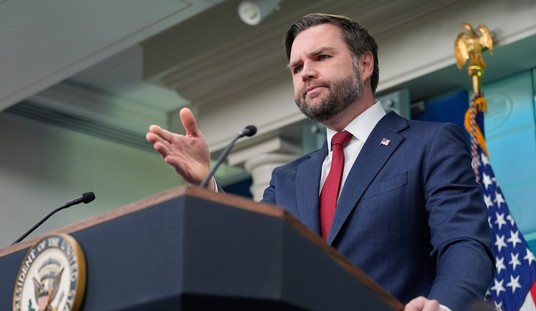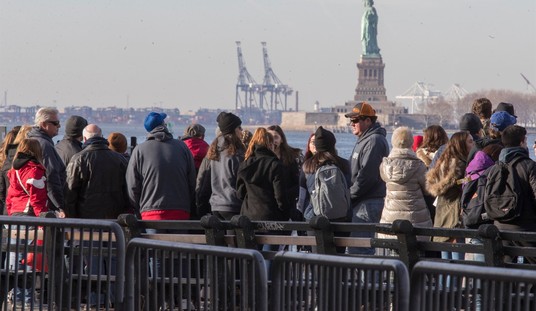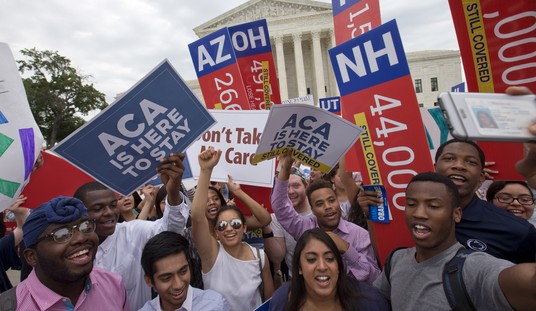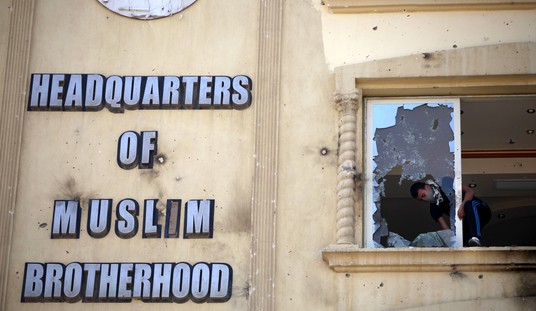
G.T. Bynum, the mayor of Tulsa, Oklahoma, made headlines in 2018 when he announced his intention to reopen an investigation into the race massacre that occurred in the Greenwood district of the city in 1921. In December 2019, archaeologists found evidence of the mass graves that were described by eyewitnesses who saw the violence inflicted by white vigilante’s against the city’s black population.
Now, the mayor is preparing to dig for the remains of the victims of the massacre. But many of the town’s residents are not happy about his decision to pursue this investigation. The Washington Post describes an encounter with one of the city’s residents at a local diner. “You are doing this to make white people feel bad, “the woman said to Bynum as he and his family ate their breakfast.
Bynum also told The Post, “She kept using the term, ‘the blacks,’ which was the uncomfortable part for me because my kids had never heard someone talk about African Americans using a term like that,” Bynum said.
This is not the only criticism Mayor Bynum has received, but so far, he has not backed down. In recounting the incident, he told The Post that he asked the woman, “If your ancestors had their entire neighborhood burned down, and your neighbors were murdered, wouldn’t you want to find out what happened to them?”
The mayor explained that many of Tulsa’s white residents are mostly unaware of the incident that took place nearly a century ago. He told The Post that the first time he heard about it was in 2001 at a local forum. He described being in shock when he learned that vigilantes flying airplanes had dropped kerosene bombs on the village during the assault.
He explained:
“I thought that was insane. No way something like could have happened in Tulsa. And I started looking into it and found it had been true. It was a big shock. You don’t think you could live in a place, and no one would talk about it at all. They never brought it up in our history course in high school. It never came up in meetings at the historical society.”
The attack started on May 31, 1921, when a black teenager named Dick Rowland who worked as a shoe shiner in Tulsa, was detained on suspicion of assaulting Sarah Page, a white woman. While there is no written testimony from the white woman who was alleged to have been assaulted, the fact that the police conducted a low-key investigation into the matter suggests that the teenager did not attack her. Page also decided not to press charges against Rowland.
The arrest caused a showdown between white vigilantes who descended on the courthouse to lynch the teenager, and armed black men who were there to protect him from the impending mob justice. Previously, the horde had tried to force the sheriff to turn Rowland over, but they were turned away despite outnumbering the police force.
Eyewitnesses claimed that one of the white members of the crowd told one of the black men to surrender his weapon. When he refused, a shot was fired, but it is unclear who fired the shot. But this single gunshot lit the fuse that exploded into wholesale violence.
The white mob stormed into Greenwood, the predominantly black community in the city, and viciously murdered hundreds of its residents. The mob torched buildings, bombed homes, and destroyed the livelihoods of many.
Witnesses reported that the white vigilantes threw black corpses into the Arkansas River and dumped bodies into mass graves. Thousands of Greenwood’s residents were left destitute and homeless, their places of businesses devastated. Not a single white participant in the violence was arrested.
Prior to the incident, Greenwood had developed into an affluent section of the city known as “Black Wall Street.” In fact, it was one of many black towns in which citizens built businesses and generated significant wealth. It was founded in 1906 and developed on territory given to native Americans. Some of the city’s builders were former slaves of the tribes. Others were sharecroppers who migrated to the region to avoid racial oppression.
According to The Washington Post, descendants of those who survived the massacre were “astonished” when Bynum announced his intention to reopen the case. “J. Kavin Ross, a journalist who wrote for the Oklahoma Eagle, a black newspaper, said, “He is the first mayor in almost 100 years who did something.”
Unfortunately, Bynum’s decision is not accepted by many of the city’s 400,000 residents. “I’ve heard that some people say it’s unusual for a white Republican mayor to be focused on this,” he said. “I don’t view it from a partisan standpoint at all. I view it as basic decency.”
Despite the negative feedback from some of the city’s residents, Bynum is determined to get more answers about the tragedy that occurred in Greenwood in 1921, and it’s about time. This incident has haunted the city’s black residents for decades, and it is more than appropriate that the entire story is told. Perhaps the mayor’s efforts will bring about a level of closure on one of the most atrocious events in America’s history.
Let me know what you think in the comments below.
Follow me on Twitter: @JeffOnTheRight













Join the conversation as a VIP Member